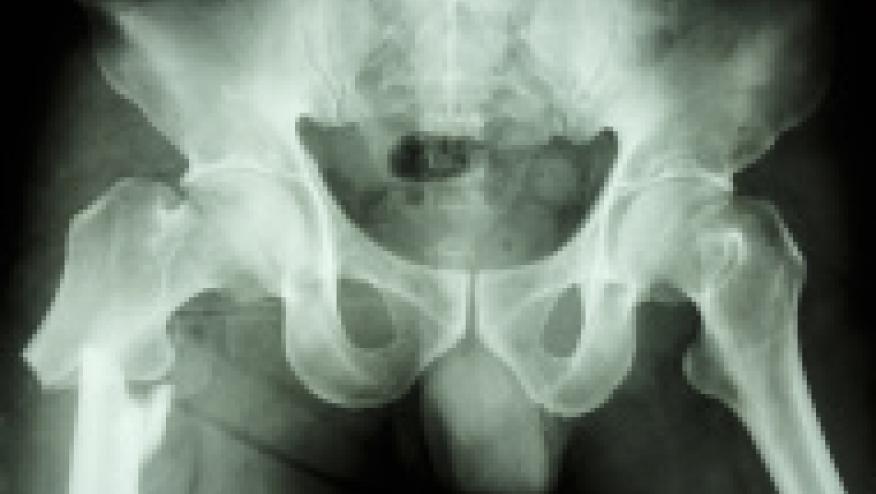Drug Use Compounds Risk - Before and After Fragility Fractures Save

Is the occurrence of a fragility fracture a missed opportunity to reduce exposure to prescription drugs associated with fracture risk?
Patients who experience a fragility fracture are at increased risk of experiencing another one and may require more meds that may compound the fracture risk.
The authors of a JAMA Internal Medicine article analyzed data from a sample of Medicare beneficiaries because fragility fractures in older adults are a substantial source of sickness, death and health care costs.
The study included 168,133 Medicare beneficiaries (84.2% women) who had an average age of 80 and who had survived a fracture of the hip, shoulder or wrist. Medicare Part D retail pharmacy claims were used to measure fills for prescriptions associated with increased fracture risk both before and after the index fragility fracture. There were 21 drugs classes divided into three categories: increased risk of fall, decreased bone density or unclear primary mechanism for increasing fracture risk.
The authors found:
- About three-quarters of patients were using at least one nonopiate drug associated with increased fracture risk in the four months before their fracture.
- About 7 percent of patients discontinued this drug after their fracture but that decrease was offset by new users of the drugs so the proportion did not change.
- Limitations of the study include data that only included Part D enrollees who tend to have more coexisting illnesses and higher overall drug utilization rates so the results may not be generalizable to other groups.
The authors also note other caveats: many drugs have important indications that may preclude them from being discontinued after a fracture; the magnitude of the risk associated with many prescription drugs remains uncertain among those who survive fractures; and the way to improve physician prescribing practices after a fracture is not clearly developed.
“The use of drugs that can contribute to elevated fracture risk is common among Medicare beneficiaries who experience a fragility fracture, and the fracture event does not consistently lead to a reduction in use of these drugs. This suggests that at least some secondary fragility fractures may be preventable through a more concerted effort to manage high-risk drugs around a primary fracture event.
The accompanying editorial points out that far too often clinicians fail to perform a thoughtful medication review for patients with a fracture or to act on this review. A thoughtful review should include discussion of reducing or eliminating medications associated with falls and bone loss whenever possible,” write Sherry D. Berry, M.D., M.P.H., and Douglas P. Kiel, M.D., M.P.H. (Citation source http://buff.ly/2bck40r).







If you are a health practitioner, you may Login/Register to comment.
Due to the nature of these comment forums, only health practitioners are allowed to comment at this time.